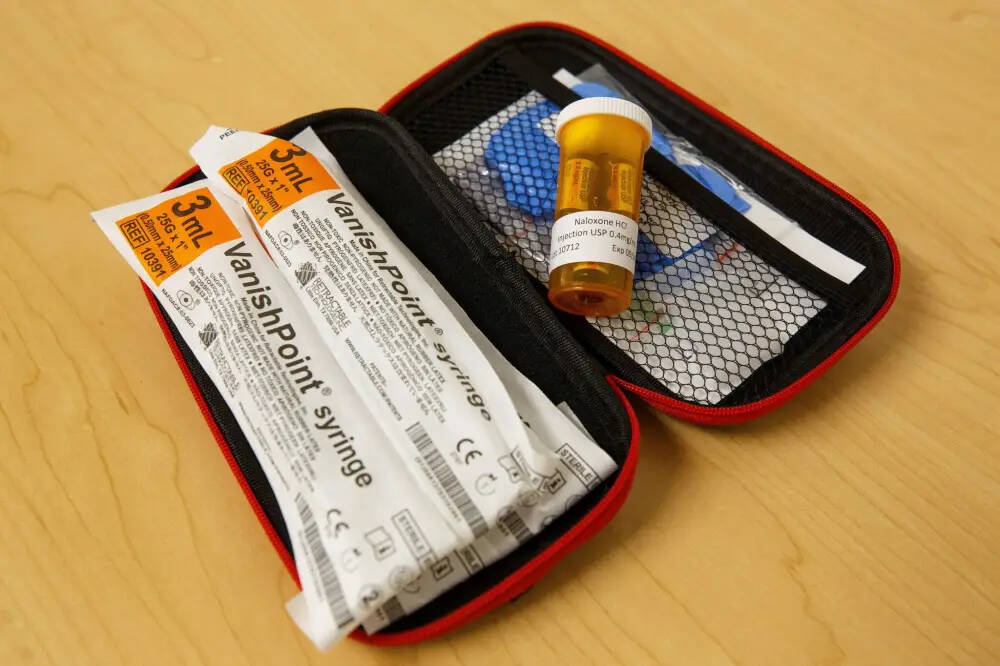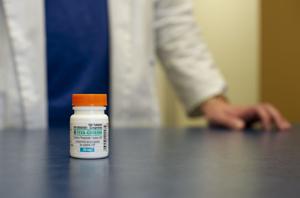Top Stories
Suspected Drug-Related Deaths in Manitoba Drop to Record Low

UPDATE: Suspected drug-related deaths in Manitoba have plunged to their lowest mid-year total since 2021, with only 203 deaths reported between January 1 and June 30, 2025. This significant drop from 307 deaths during the same period in 2024 offers a glimmer of hope as the province battles an ongoing crisis.
Officials from the Office of the Chief Medical Examiner revealed this promising data, yet caution remains. Activist Joseph Fourre, who lost his son Harlan to a fentanyl overdose, stated, “It’s still high… it’s a moment in time and it’s not a trend yet.” This clear sentiment highlights the enduring challenges Manitoba faces as it works to control the escalating drug crisis.
In the first quarter of 2025, the Winnipeg Fire Paramedic Service administered naloxone for 1,904 suspected opioid overdoses, slightly down from 1,950 the previous year. Fourre emphasized the importance of ongoing prevention efforts, advocating for more treatment spaces and sustained commitment to addressing addiction.
The new statistics reflect a broader trend, as Stephanie Holfeld, executive director of the Chief Medical Examiner’s office, noted that Manitoba aligns with a national decline in drug-related deaths. However, she warned that the presence of new, potent substances could reverse this progress. “The underlying causes remain poorly understood,” Holfeld cautioned, stressing the ongoing risk these substances pose.
In 2024, Manitoba recorded a staggering 570 suspected drug-related deaths, marking a troubling escalation in fatalities. Despite this year’s decrease, the path forward remains fraught. The province’s substance-related harms report indicates that stimulant use remains the leading cause of drug-related deaths, with methamphetamine and cocaine frequently detected in toxicology tests.
The report also revealed alarming trends among demographics, with 42 percent of opioid-related deaths occurring among females, significantly higher than the national average of 27 percent. Additionally, 78 percent of opioid-related deaths involved stimulants, surpassing the national average of 62 percent.
As the province strives to combat this crisis, new measures are being implemented. Premier Wab Kinew announced the addition of more Rapid Access to Addiction Medicine (RAAM) clinics, with plans for one in downtown Winnipeg. The government has reportedly created 800 new treatment spots in the past year, with another 400 on the way.
In the wake of a recent inquest recommending increased addiction support, including more RAAM clinics, the province appears dedicated to addressing the crisis head-on. However, the community remains vigilant, as the potential for new, dangerous drugs to infiltrate the market looms large.
As Manitoba navigates these developments, the urgency to support individuals struggling with addiction has never been greater. The commitment to enhancing treatment options and raising awareness around drug use is crucial for sustaining the downward trend in overdose deaths.
With the situation still volatile, residents are encouraged to stay informed and engaged, sharing these critical updates to promote community awareness and action. The fight against drug-related deaths in Manitoba is far from over, but today’s statistics provide a fleeting but vital moment of hope.
-

 World4 months ago
World4 months agoScientists Unearth Ancient Antarctic Ice to Unlock Climate Secrets
-

 Entertainment4 months ago
Entertainment4 months agoTrump and McCormick to Announce $70 Billion Energy Investments
-

 Lifestyle4 months ago
Lifestyle4 months agoTransLink Launches Food Truck Program to Boost Revenue in Vancouver
-

 Science4 months ago
Science4 months agoFour Astronauts Return to Earth After International Space Station Mission
-

 Technology2 months ago
Technology2 months agoApple Notes Enhances Functionality with Markdown Support in macOS 26
-

 Top Stories3 weeks ago
Top Stories3 weeks agoUrgent Update: Fatal Crash on Highway 99 Claims Life of Pitt Meadows Man
-

 Sports4 months ago
Sports4 months agoSearch Underway for Missing Hunter Amid Hokkaido Bear Emergency
-

 Politics3 months ago
Politics3 months agoUkrainian Tennis Star Elina Svitolina Faces Death Threats Online
-

 Politics4 months ago
Politics4 months agoCarney Engages First Nations Leaders at Development Law Summit
-

 Technology4 months ago
Technology4 months agoFrosthaven Launches Early Access on July 31, 2025
-

 Top Stories1 week ago
Top Stories1 week agoFamily Remembers Beverley Rowbotham 25 Years After Murder
-

 Entertainment4 months ago
Entertainment4 months agoCalgary Theatre Troupe Revives Magic at Winnipeg Fringe Festival





















